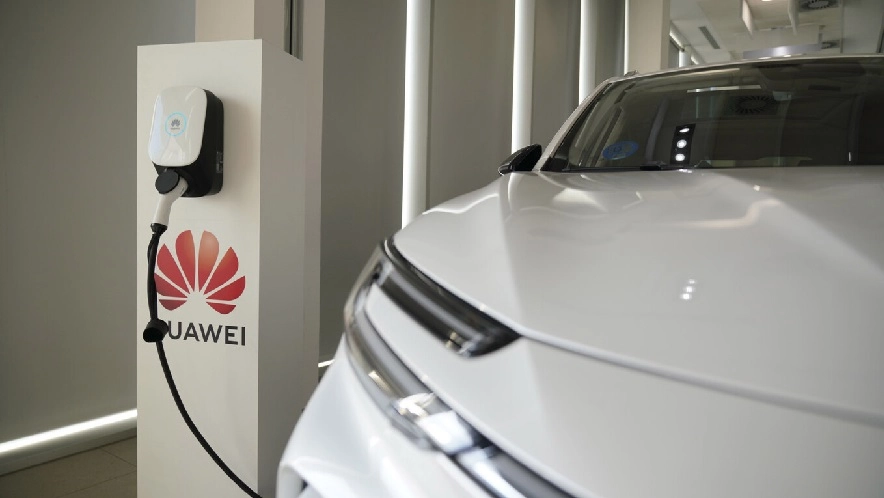In recent years, we have witnessed a growing interest and awareness regarding the importance of sustainability and carbon emissions reduction.
In this context, electric mobility and self-consumption have become two fundamental pillars for building a cleaner and more environmentally friendly future.
In this opinion article, we will explore the synergy between both concepts and how their combination can accelerate the transition towards a more sustainable transportation and energy model.
The integration of electric mobility and self-consumption is a powerful strategy that allows maximizing the environmental and economic benefits of both technologies.
There are three key points to maximize these benefits:
- Reduction of carbon emissions: Both electric mobility and self-consumption have a common goal: to reduce carbon emissions. By combining both technologies, a significant reduction in greenhouse gas emissions can be achieved. Electric vehicles (EVs) do not emit polluting gases while driving, contributing to improved air quality in cities. On the other hand, self-consumption allows the use of renewable sources to charge electric vehicles, avoiding dependency on the conventional electrical grid, which is often powered by non-renewable sources. The combination of both technologies creates a virtuous cycle in which electric vehicles are powered by clean energy and, in turn, contribute to the stabilization of the electrical grid by participating in demand management.
- Cost reduction and savings generation: Self-consumption allows electric vehicle owners to generate their own energy from renewable sources, resulting in significant long-term savings. By producing and consuming energy on-site, the costs associated with purchasing electricity from the conventional grid are avoided. Moreover, owners can take advantage of surplus energy generated during periods of low demand to charge their electric vehicles at no additional cost. This translates into considerable economic savings and increased energy independence.
- Strengthening the electrical grid: The integration of electric mobility and self-consumption can play a crucial role in stabilizing and strengthening the electrical grid. When connected to the grid, electric vehicles can act as mobile storage units, absorbing surplus energy generated by intermittent renewable sources, such as solar and wind power. These vehicles can charge during periods of low demand and discharge energy when demand is high or when renewable generation is scarce.
In conclusion, the synergy between electric mobility and self-consumption offers a comprehensive solution to address current environmental and economic challenges.
By combining these two technologies, we can progress towards a more sustainable future, reducing carbon emissions, generating economic savings, and strengthening the electrical grid.
It is imperative for governments, companies, and individuals to work together to promote and adopt this combination of technologies to accelerate the transition towards a more sustainable transportation and energy model.
At Huawei Digital Power, we offer a wide portfolio to help in the decarbonization process.








